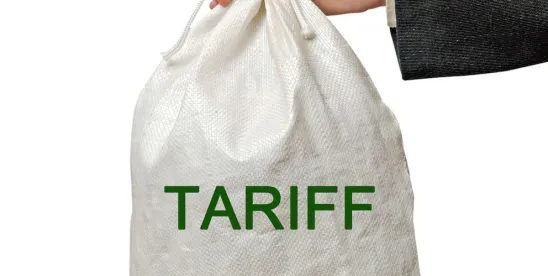As global trade policies shift, U.S. government contractors must navigate the evolving landscape of tariffs and their implications. The recent introduction of new tariffs by the federal government has significant consequences for contractors working with federal agencies, particularly those in industries reliant on imported materials and components.
Understanding the New Tariffs
The latest tariffs target a range of goods, including steel, aluminum, electronics, and other critical components used in government projects. These tariffs, which ostensibly are aimed at protecting domestic industries, can lead to increased costs for contractors procuring affected materials from foreign suppliers.
Key Implications for Government Contractors
- Increased Procurement Costs
Contractors may face rising costs due to tariffs on essential materials. This could impact budgeting for existing contracts and bid calculations for future government projects. - Compliance with the Federal Acquisition Regulation (FAR)
The government’s procurement rules require contractors to comply with domestic sourcing preferences, such as the Buy American Act (BAA) and Trade Agreements Act (TAA). The new tariffs may alter sourcing strategies to maintain compliance and cost-effectiveness. - Contract Price Adjustments
Some government contracts contain provisions allowing for price adjustments due to unforeseen cost increases. Contractors should review their agreements to determine whether they can request modifications to offset tariff-related expenses. - Supply Chain Disruptions
Contractors dependent on international suppliers may experience delays or shortages. Identifying alternative domestic sources and reevaluating supply chain logistics are crucial to ensuring that project timelines remain on track. - Competitiveness in Bidding
Companies that rely on tariffed goods may find it harder to remain competitive in the bidding process. Developing strategies to mitigate cost impacts — such as leveraging exemptions, negotiating with suppliers, or shifting to domestic alternatives — will be essential.
Strategies to Mitigate Tariff Risks
- Evaluate Supply Chain Alternatives – Exploring domestic suppliers or alternative international sources may help reduce dependency on tariffed goods.
- Engage in Contract Review – Assessing contracts for potential relief mechanisms, such as price adjustment clauses, can provide financial flexibility.
- Monitor Regulatory Changes – Staying informed about trade policies and potential tariff exemptions can aid in proactive planning.
- Strengthen Negotiation Strategies – Working closely with suppliers to share cost burdens or secure bulk discounts can help offset increased expenses.
Conclusion
The introduction of new tariffs presents both challenges and potential opportunities for U.S. government contractors. By staying informed, revising procurement strategies, and leveraging available contractual protections, contractors can navigate these changes effectively. Legal counsel and procurement specialists can provide valuable guidance to ensure compliance and financial stability in this evolving landscape.





 />i
/>i

